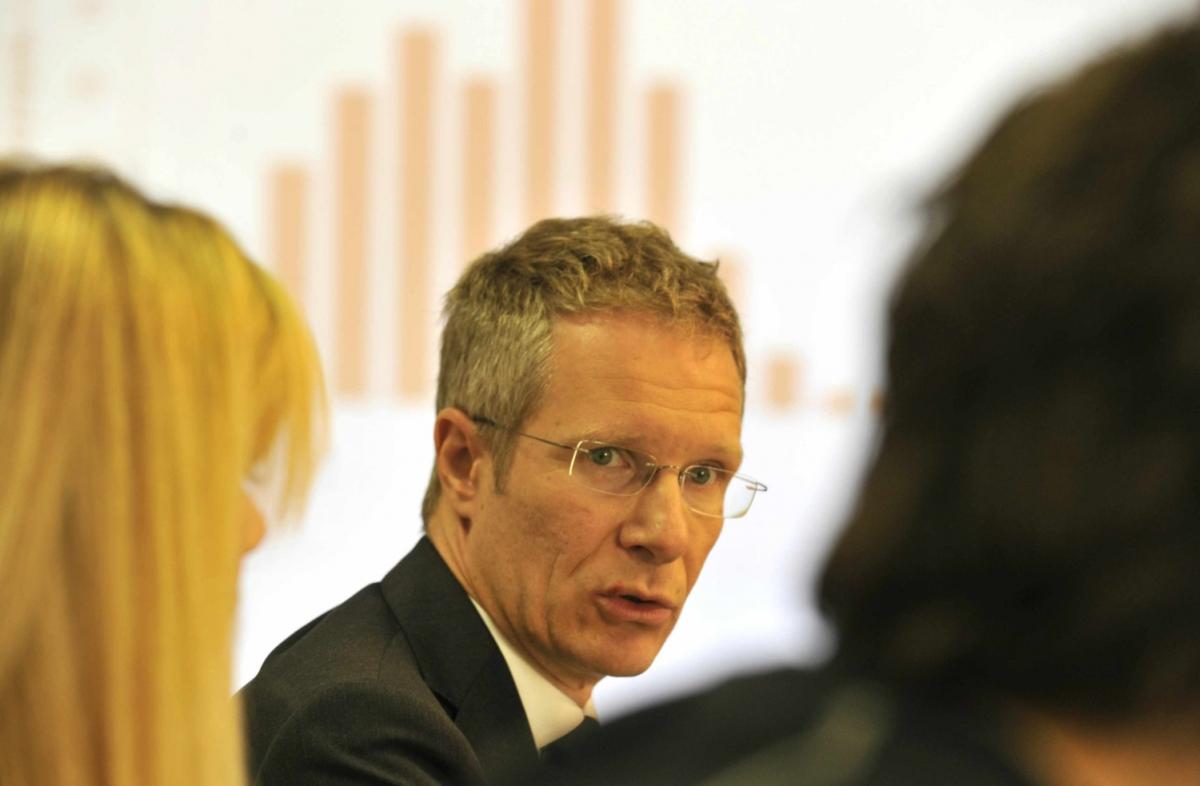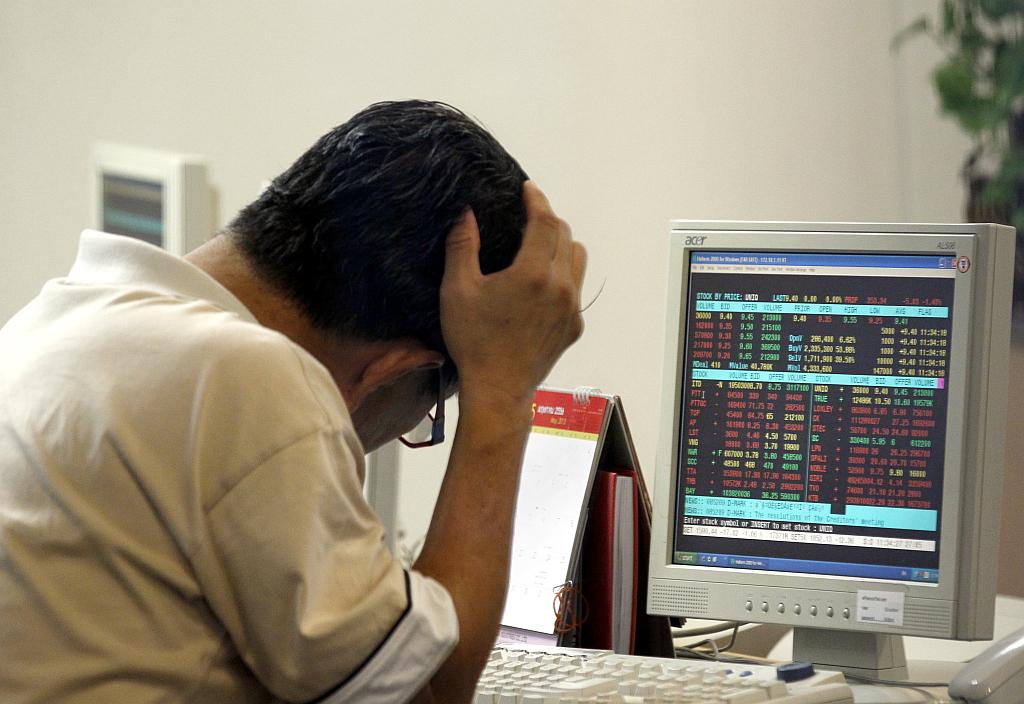
The state macroeconomic institute forecast gross domestic product (GDP) would shrink 0.8 percent in 2014, deeper than the 0.2 percent contraction they forecast in June, and said fresh delays in overhauling its troubled banks could further undermine growth prospects.
The Bank of Slovenia said in a report later on Tuesday that bank loans whose payment has been delayed by 90 days or more rose to almost 7.9 billion euros ($10.7 billion) in July, up from 7.5 billion in May and 6.9 billion in December last year.
They now represent 17.1 percent of all loans and some 22.5 percent of GDP, raising questions about whether the small euro zone member state can avoid asking for an international bailout. Much depends on the results of external stress tests expected in November.
"The deeper fall of GDP than expected earlier means that bad loans and delays in payments can increase further," said Andraž Grahek, managing partner at consultancy Capital Genetics.
"Although Slovenia still has a chance to tap the markets I believe the only rational decision that the government can make is to ask for help from the (euro zone bailout fund) ESM as the cost on the market would be at least twice as high," Grahek told Reuters.
The institute's 2013 gross domestic product (GDP) forecast was unchanged, a decline of 2.4 percent. Growth is expected to return only in 2015, with a modest expansion of 0.4 percent.
While the crumbling banks were a downside risk, a faster-than-expected recovery in the euro zone, Slovenia's main market, would "be quickly reflected in our exports and we could have a positive surprise," the head of the institute, Boštjan Vasle, told a news conference. He said exports, the main driver of Slovenia's economy, should grow 2 percent this year, 3 percent in 2014 and 4.1 percent in 2015.
The new forecast was the basis for drafting the 2014 and 2015 budgets, expected to be passed by parliament in November. They envisage the budget gap falling to 3.2 percent in 2014 and 2.5 percent the following year, from a deficit of 4 percent seen this year.
However, the deficit figures do not include state capital injections for the banks. The government has set aside 1.2 billion euros for its three main banks but much depends on the stress tests ordered by the European Commission.
Prime Minister Alenka Bratušek told Reuters on Friday the government was looking for the cheapest solution for the banks but refused to discuss whether help from the European Stability Mechanism (ESM) may yet be the cheapest option. The fall in private and public domestic spending, caused by years of austerity and a credit crunch, is expected to slow to 1.8 percent in 2014, from an expected 4.1 percent this year, the institute said.
Slovenia was the euro zone's fastest-growing economy when it joined the bloc in 2007, but hit a brick wall with the onset of the global financial crisis and, after a brief recovery in 2011, returned to recession last year.



































































